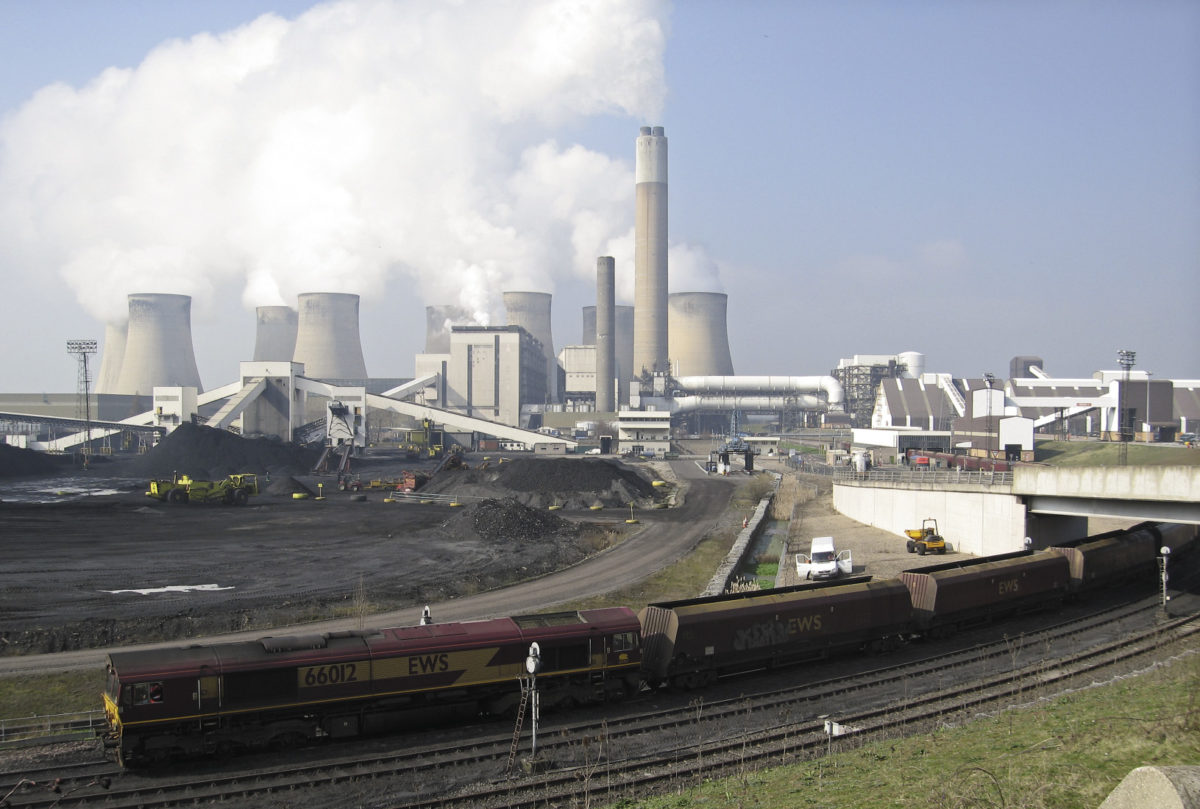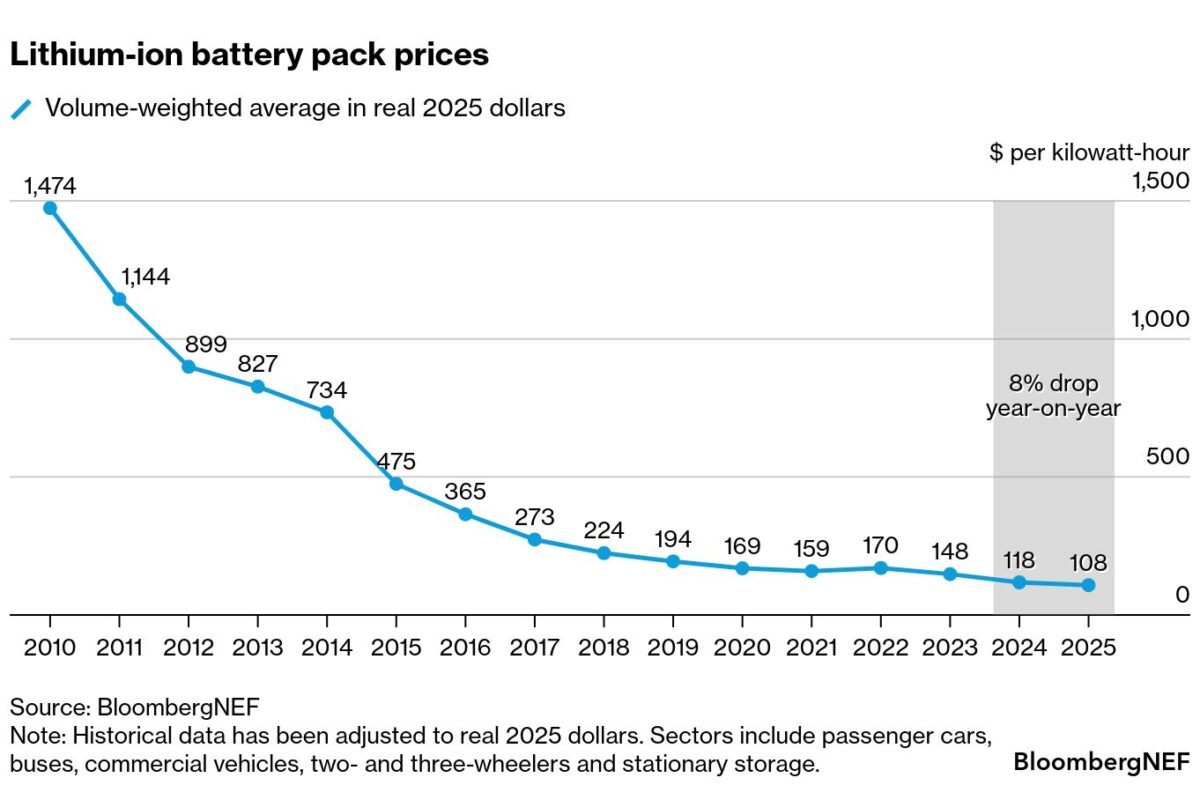From pv magazine 07/2021
The United Kingdom has historically been a strong supporter of cap-and-trade and has played an instrumental role in setting up the EU’s Emissions Trading System (ETS) from its beginnings in 2005. However, following the Brexit referendum in 2016, it eventually became clear that leaving the EU also meant leaving the single market and the EU ETS. In summer 2020, the U.K. government opened a consultation on whether to opt for a carbon tax or carbon trading after Brexit.
The choice fell on carbon trading and on a system that mirrored that of the EU ETS. Initially many doubted whether the United Kingdom could go it alone. Nevertheless, the U.K. ETS launched on May 19, 2021, and there has been no shortage of buying interest so far.
U.K. polluters seem keen to sell their EU allowances and instead buy up U.K. allowances to hedge forward risk and cover their emissions. The benchmark December 2021 contract traded at GBP 50 ($69.50)/ton in late May, but prices have since fallen to the mid-40s and are now on par with EU ETS prices. In addition, U.K. polluters have to pay a carbon price floor of GBP 18/ton on top of the price U.K. allowances. This means the future looks bleak for the country’s few remaining coal-fired plants. Older gas-fired plants should also feel the pressure if prices start climbing upwards.
On the contrary, the bullish sentiment in the U.K. ETS bodes well for the profitability and expansion of renewables – including solar. And over the longer term, probably also nascent technologies such as green hydrogen produced by solar and wind.
“Carbon prices at GBP 50/ton plus the GBP 18/ton carbon floor are high enough to support the expansion of solar PV and other mature renewable technologies,” Trevor Sikorski, the head of energy transition at Energy Aspects, told pv magazine. “It is quite expensive to emit carbon in the U.K. power market at the moment. Prices are not yet high enough to support hydrogen, but over time the U.K. ETS should help these technologies get off the ground, too.”
Tom Lord, head of trading and risk management at Redshaw Advisors, said the U.K. ETS “should help continue the good work already done” on renewables.
“The U.K. has almost entirely phased out coal already thanks to the carbon floor price, but further uptake of renewables, coupled with advances in battery storage and a shift to hydrogen are now required,” explained Lord. “This will require significant investment from both the government and U.K. businesses; higher carbon prices will provide the incentive for the shift.”
As with the ETS, the U.K. system covers pollution from heavy industry, oil refineries, power plants, and aviation. Around 1,000 installations and 150 aircraft operators are covered by the system, and they combined account for 30% to 40% of U.K. greenhouse gas (GHG) emissions. Auctions of allowances take place fortnightly. However, polluters also receive plenty of allowances for free in a bid to avoid carbon leakage and the risk of polluting industries moving overseas. As with the EU ETS, around 57% of total allowances are allocated for free. The most efficient industrial plants and installations in the sectors most exposed to carbon leakage receive free allowances to cover 100% of their emissions. Sectors which are considered to be less affected by carbon leakage will see their free allocations phased out from the current 30% to 0% after 2026.
Reform looms
In a bid to address carbon leakage, the EU is considering launching a carbon border adjustment msechanism (CBAM) in 2023, which would put a carbon price on certain imports from countries outside the bloc, such as steel and aluminum. The U.K. may well follow suit and introduce a CBAM, too. A CBAM would make it harder to justify free allocation of allowances to industry.
Nevertheless, the U.K. government has said it is planning key changes to the design of the U.K. ETS in order to make it more compatible with its net-zero by 2050 ambition. This includes reviewing the long-term role of free allowances, setting a tighter cap on emissions, and considering a supply adjustment mechanism. The latter would be similar to the EU’s Market Stability Reserve (MSR), which withdraws allowances from the market when the number reaches a certain threshold.
The U.K. has some of the most ambitious GHG reduction targets in the world. It targets 68% GHG reductions by 2030, compared with 1990 levels, and 78% by 2035. Decarbonization of the power sector has come a long way, much of it owing to the carbon price floor polluters have been paying on top of the ETS price since 2013.
Renewables generated around 43% of electricity in Great Britain in 2020, according to government data. That was an increase of 11% year on year, exceeding the share of fossil fuels for the first time. The share of fossil fuels – mostly gas-fired – was around 39%, down 14% year on year. Coal accounted for less than 2% of generation. There are only four coal-fired power plants remaining and these are expected to be shut by 2024. The increase in generation from renewables was mostly driven by wind. Generation from solar was virtually unchanged year on year and accounted for 4% of generation, with only 217 MW of capacity added last year. However, installed PV capacity in the U.K. has grown significantly in recent years and currently totals more than 13 GW.
Wind and solar will also play a key role in the U.K. strategy to decarbonize industry and transport. On green hydrogen, the government has set a 5 GW electrolyzer capacity target by 2030. However, rolling out projects will be costly and the funding announced so far has been limited.
To this end, the government is considering allocating some of the revenues from carbon auctions to an industrial decarbonization fund that could support hydrogen projects in the startup phase. This could be similar to the EU’s €10 billion Innovation Fund, which is backed by revenues from auctions. It seems plausible that further details of the fund will be unveiled ahead of the Glasgow COP 26 summit in November.
“There are already funds backed by ETS revenues in the EU, such as the Modernization Fund and the Innovation Fund. It would not surprise me if we see something similar in the U.K.,” said Sikorski.
Thinking of linking
The United Kingdom has introduced an auction reserve price of GBP 22/ton, which sets a minimum price in auctions. Nevertheless, further reforms of the U.K. ETS over the coming years should help to reduce the volume of allowances in the market and support prices.
Higher carbon prices would likely push up power prices in the wholesale market. Non-subsidy renewable generators stand to benefit, as they do not have to purchase allowances for compliance. Yet there are concerns about whether the U.K. ETS is sufficiently liquid with enough players to establish trust in the market and avoid price volatility. The U.K. ETS is the world’s second-largest carbon market, but still only 10% the size of the EU ETS. The answer, say analysts, is linking with the EU ETS to boost the number of participants.
“A link is the best answer for everybody. The larger the ETS the better as that is where the efficiency comes from. For the U.K., a linked scheme solves all the liquidity issues and for the EU, they know carbon costs for U.K. companies will be the same as those faced by the EU,” said Lord.
However, linking carbon markets can be a lengthy process. This was exemplified by the linking of the Swiss ETS and EU ETS, which took almost 10 years. The speed of negotiations would also depend on whether linking is a priority for Brussels.
“It should link to the EU ETS. The number of players in the U.K. ETS is a lot smaller. I think the government wants to link, but I am not sure this is a priority for the EU at the moment. It could drag on,” said Sikorski.
This content is protected by copyright and may not be reused. If you want to cooperate with us and would like to reuse some of our content, please contact: editors@pv-magazine.com.



This is a piece of good news investing in renewable energy sources.
Thank you very much for this beautiful article. I really enjoy reading this. I really appreciate your thoughts and ideas. Well done. Great work.